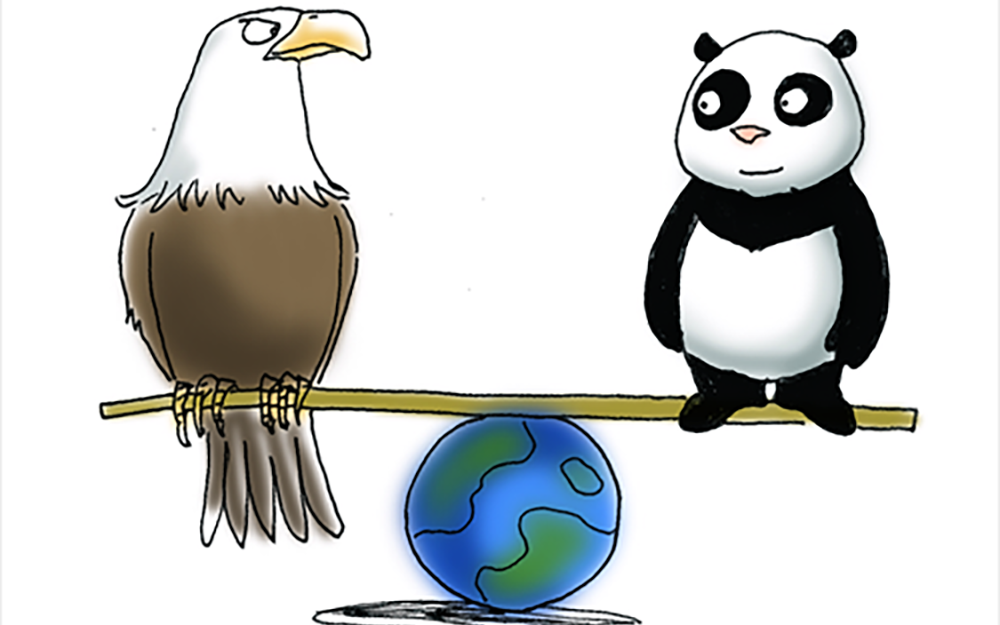
By Haddon Libby
US Gross Domestic Product (GDP) grew at a 1.6% rate during the first quarter – a level that is half the rate of just one quarter ago. Where inflation was 2.7% at year-end, it was running 1% higher at quarter-end. This occurred while energy prices increased on geopolitical tensions, and interest rates remained flat with a 5.5% Fed Funds rate and 7.5% Prime rate. As of this writing, a 30-year home loan was 7.75% with a 15 year loan at 7%.
Signs of slowing economic activity were countered by a 3.9% unemployment rate. Hiring was strongest in healthcare. Over recent quarters, hospitality has been the strongest area of job growth. Movement from the lower paying hospitality jobs to healthcare is a positive sign for the economy. If we exclude the COVID period of 2020 and 2021, unemployment has been below 4% since June 2018. This marks one of the most stable job markets in US history.
Stability in the job market has been accompanied by a significant expansion in federal debt levels. At the same time tech giants like Amazon, Meta, Google, Microsoft, NVIDIA are spending tens of billions each in capital expenditures annually.
Whether it is capital expenditures by companies or deficit spending by the government, these massive cash outlays have helped the United States post some of the best economic results in the world. It also helps to understand why employment levels remain strong, inflation persistent and economic activity better than many economists believed was possible.
Balancing out our expansionary economy is China where a real estate boom turned into a bust just as Western companies began pulling out of the country due to increased geopolitical challenges associated with the country.
The two most indebted countries in the world are the United States and China. Deficit spending has helped each country to have stronger economies and more jobs than if either country had been a bit more financially responsible.
At present, US government debt of $34 trillion equates to more than 120% of the Gross Domestic Product (GDP). For comparison, US government debt to GDP was 60% twenty years ago.
While debt has grown, so has GDP. At year-end, US GDP was $27.6 trillion, up $15 trillion from 2004 and $24 trillion since 1980.
Another way to look at a nation’s debt is to combine all debt owed by a governmental entity, business or individual in a specific country. Using that barometer, global debt is roughly 240% of global GDP. All US debt to GDP has grown from 163% in 1980 to 275% today.
For as bad as the US government has been at managing its financial affairs, China’s financial situation is far worse. At the end of 2023, debt to GDP was nearly 300% with outstanding obligations of $50 trillion (71% ratio in 1980). Much of this debt was used to build cities that sit empty. China invested in production capacities that are falling vacant as Western companies move operations to countries unencumbered by the problems associated with China. Add to that government waste and subsidies on the goods and services its people need, and you have a situation that appears far more challenging to resolve than that faced here at home.
If we look at the debts of China and the US the way you and I would look at our finances, the cost to service debt in the United States is 18% of average worker income of $60,000. Given that Chinese workers earn just $12,000 annually, income is insufficient to service debts.
The key factor to consider is how debt is used. If debt leads to a higher net worth or income level, the debt was productive. If not, harder financial times most likely await. For now, the US private sector is growing income quickly enough to support dysfunctional DC. Due to China’s central command structure, it has financial challenges are far more worrisome and challenging to solve.
Haddon Libby is the Founder and Chief Investment Officer of Winslow Drake Investment Management, a locally-based Registered Investment Advisor. For more information on our services, please visit www.WinslowDrake.com.










































